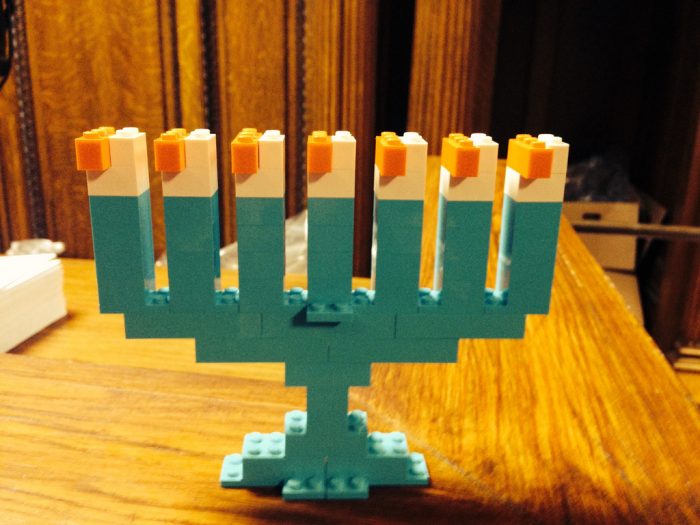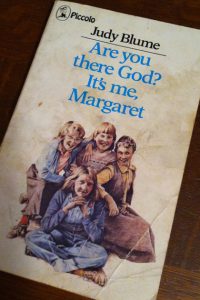
Photo by pxhere.com.
No matter how you celebrate this holiday season, chances are it will be remarkably similar to the way you celebrated last year. December is a time that we cling to our family traditions — even when those traditions consist of, for example, not celebrating Christmas by going to a movie and then out for Chinese food, as many Jewish families do.
While the religious observances of the season are an important part of the celebration for some, for others the holidays are more about family and the sense of connectedness that enjoying the annual rituals reinforces.
Whatever the activity — whether it’s decorating the tree with the family, lighting the menorah during Hanukkah, exchanging special gifts, preparing traditional meals, sending cards, baking cookies, clothing the homeless or hosting gatherings at your home, it becomes a tradition when it’s repeated each year.
“These traditions are the factors that help hold us together and help us identify who we are,” said sociologist Herbert Smith. “If it’s done enough, people expect it and if it’s positive enough, people want it. The key is not so much of doing anything elaborate or expensive; anything that’s done within the family that creates a sense of ‘we-ness’ is what you want to establish.”
Here’s a look at how some local families will be celebrating that “sense of we-ness” this holiday season and in the years to come.
“Spending quality time with family you wouldn’t normally get to see,” is a favorite part of the holidays for student Rollin Gartzke, a sentiment echoed by many.
Another student, Tony Tan, said he likes, “Seeing all my old relatives and just talking about life in general.”
Gift giving also plays a part in family favorites.
“Some of my favorite traditions are letting the kids open one present on Christmas Eve, playing Christmas music while we decorate the tree, and driving around to look at neighborhood Christmas lights,” said Matt Randmaa, an electrical engineer.
Dos Pueblos High student Rashad Crew said his favorite holiday tradition was “giving presents and spinning dreidels.
“Christmas breakfast is a big deal in our family, involving Chelsea rolls, grapefruit and an attempt by parents to stretch out the meal as long as possible. It has become a time-honored tradition for the kids to lobby constantly for an end to breakfast and a start of the opening of presents,” said Steve Parry, a venture capitalist.
Whether it’s Chelsea rolls or turkey, tamales or latkes, food definitely plays a big role in South Coast holiday celebrations.
“Eating latkes, spinning the dreidel and making pictures of cool holiday things,” are some of 10th-grader Emily Solomon’s favorite traditions.
“Eating latkes and opening presents” also got a vote from 10th-grader Ariel Horwitz.
“Each year, my extended family, despite having not the slightest bit of Mexican ancestry, has tamales with rice, beans and salsa for Christmas dinner. How this came about, I do not know; someone just decided that having tamales each year would be a novel idea,” said Grant Smith, a Cate School sophomore.
“Also, every year since I can remember, my family put up a quilted Advent calendar with Velcro pieces on the first of each December. Until about two years ago, my sister and I would argue every morning over who would get to put up the day’s piece, which I suppose is a tradition in itself,” said Smith, who added, “I’ve since let go and allow her to put all of the pieces up.”
“Some of my favorite holiday traditions are everyone going to the local elementary school to play baseball, football and handball while the Christmas feast is cooking, and baking Christmas cookies on Christmas Eve day then having the family over that night to eat them … The kids put out cookies and milk for Santa and carrots for the reindeer then go online to norad.com to see where Santa is located,” said Kathy Randmaa, an attorney.
“I like going up to the mountains after Christmas and having another big celebration there and playing in the snow. I also like driving around looking at Christmas lights,” said Randmaa’s third-grade son, Kurtis.
Indeed our childhood memories often become more vivid at Christmas.
“The holiday tradition I remember as a child was going to my grandfather’s house on Christmas Day. There were seven granddaughters and he always bought us identical dolls and had a dressmaker make three or four outfits for these dolls, said Diane Freeman, a nurse.
“Grandfather had a hard time changing this habit and the last doll I got from him was in my senior year in high school when he gave us all three-foot tall dolls that would walk with you if you held her hand,” Freeman said.
“I grew up in a Jewish home, so we celebrated Hanukkah when I was small,” said Daniel T. Colbert, a venture capitalist. “We did the usual things — lighting of the candles each night. While I was small, we received presents each of the eight nights! In those years, we felt luckier than our Christian friends! As an adult with my own family, we would always walk the neighborhood in the evening near Christmas, to see the lights on all the houses.”
Just think, as you admire the lights in your own neighborhood this year, inside they could be celebrating the holidays with traditions like some of these.



 Are you there God? It’s me Leslie (or Andrea, or Susie or Jacqueline …).
Are you there God? It’s me Leslie (or Andrea, or Susie or Jacqueline …).